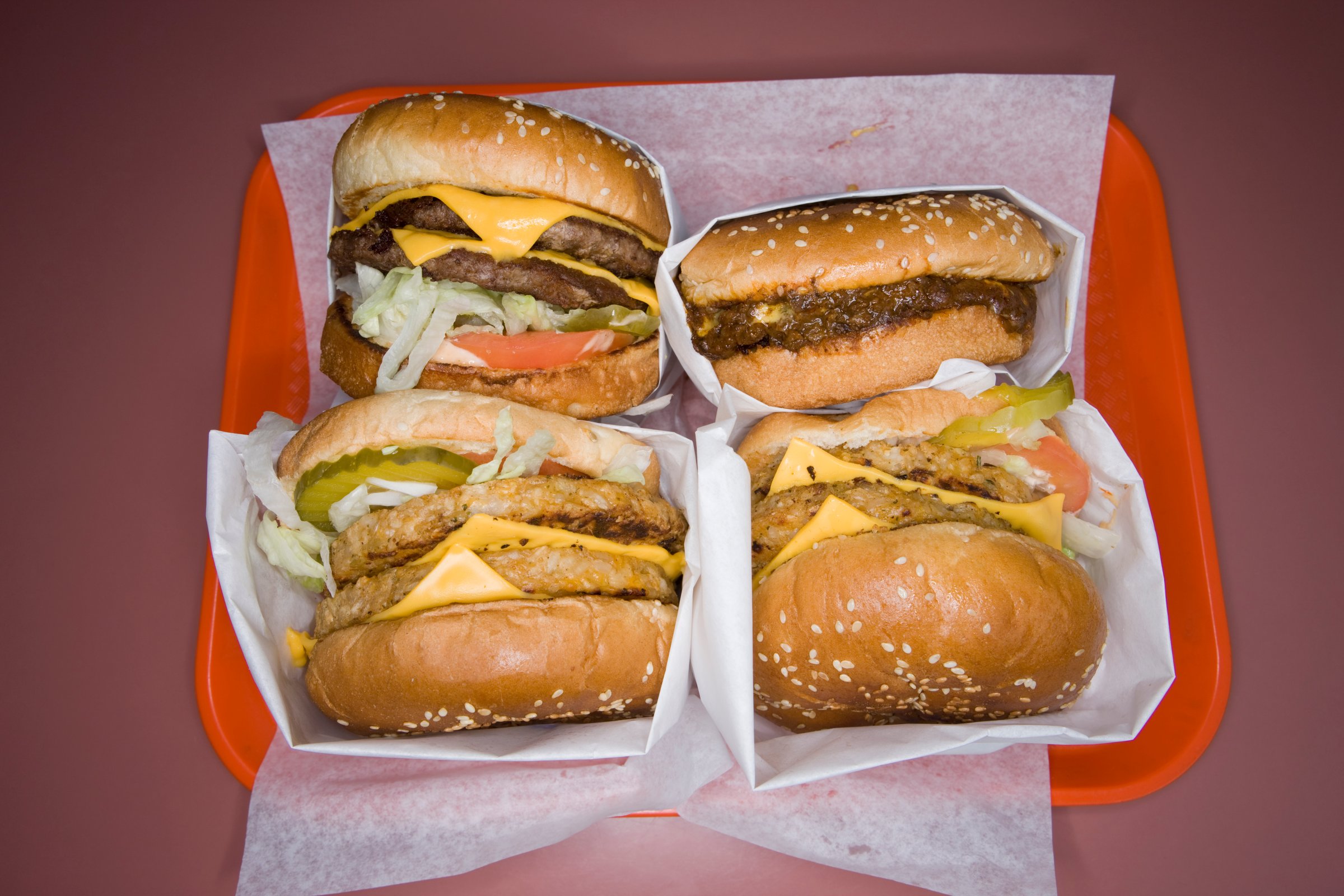
A new report from the U.S. Centers for Disease Control and Prevention (CDC) shows 57% of U.S. adults over 18 use menu labeling information like calorie counts to make their orders.
The researchers looked at surveys from 17 states and found that women were more likely to use menu labels, and that labeling helps customers pick lower-calorie options. A 2010 federal law requires restaurants that have at least 20 locations to list calorie information on their menus (though regulations to implement the law have still not been finalized).
The new study is important, because it shows that Americans actually do care about menu labels, though perhaps only by a slight majority. Several earlier studies have shown the opposite. For instance, a 2012 study concluded calorie listings would have little impact on the obesity epidemic. Another 2013 study published in the American Journal of Public Health, examined the receipts of 1,100 McDonald’s diners. Some of the participants were given calorie information as well as education about how many calories are recommended for men and women and others were given no information. Both groups ate more than the recommended amount of calories, and there were no differences between the groups, suggesting people underestimate what they’re eating, even with calorie numbers.
All of which means that while it’s great consumers are looking at calorie counts, it doesn’t necessarily mean they are acting on the information.
There are a few criticisms of nutrition labeling in fast food restaurants. Two Johns Hopkins obesity experts wrote an editorial in the New England Journal of Medicine last year arguing that without any context, people have no idea how many calories they should be eating, making the data essentially meaningless. Some researchers have suggested that health authorities use other measurements, like how much physical activity it would take to burn off a 550 calorie burger. Finally, a focus on calories, say some experts, misses the point, since a small Coke could have the same calories as a handful of almonds, though to say they are the same nutritionally would be absurd.
The researchers conclude that the data could help create more targeted health communication strategies that could help up awareness for menu labels and benefit Americans. With more education, diners may at least realize just how much junk is their fast food.
More Must-Reads from TIME
- Donald Trump Is TIME's 2024 Person of the Year
- Why We Chose Trump as Person of the Year
- Is Intermittent Fasting Good or Bad for You?
- The 100 Must-Read Books of 2024
- The 20 Best Christmas TV Episodes
- Column: If Optimism Feels Ridiculous Now, Try Hope
- The Future of Climate Action Is Trade Policy
- Merle Bombardieri Is Helping People Make the Baby Decision
Contact us at letters@time.com